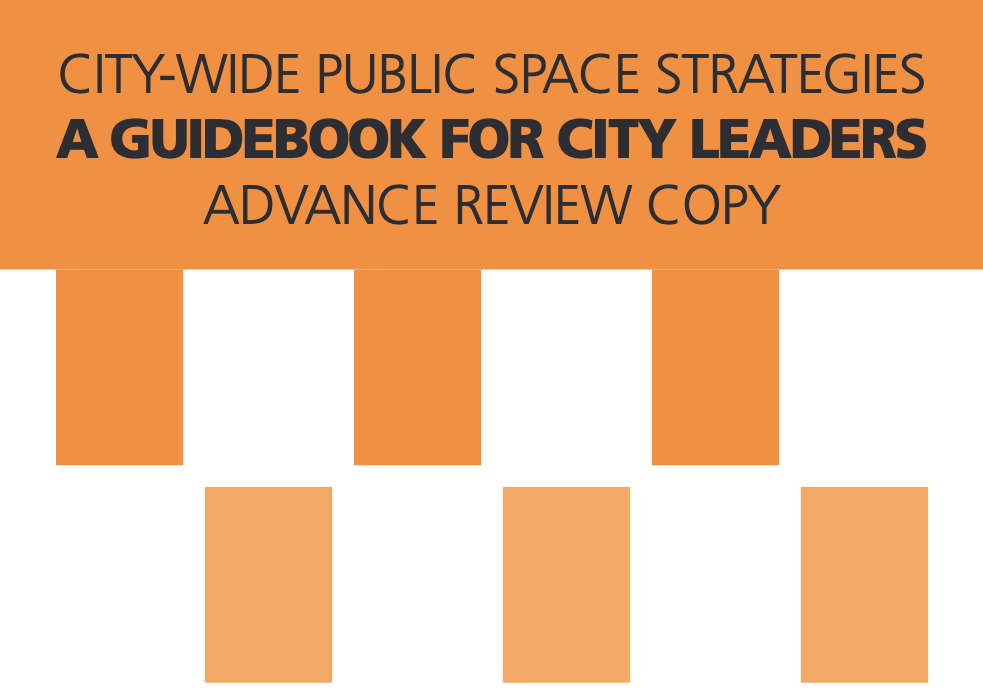Public space is more than well designed physical places. It is an arena for social interaction and active citizenship that can spark social and economic development and drive environmental sustainability. The design, provision and maintenance of well connected systems of public space are integral to achieving a safe and accessible city. However, cities must move beyond typically site-specific approaches to addressing public space if sustainable and longer lasting benefits are to be achieved. Establishing and implementing a city-wide strategy that approaches a city as a multi-functional and connected urban system can ensure the best chances of proactively driving good urban development.
A thorough strategy offers cities an action-oriented approach encompassing not only spatial goals, but governance arrangements, implementation plans, budgetary needs and measurable indicators. It should be formulated to overcome common obstacles to the successful provision of public spaces throughout a city. With adequate political support and funding, a city-wide public space strategy can deliver a well-distributed, accessible and inclusive public space system.
This guidebook is complemented by City-Wide Public Space Strategies: a Compendium of Inspiring Practices and together they provide city leaders, including mayors, local authorities, urban planners and designers, with the knowledge and tools necessary to support them in developing and implementing city-wide public space strategies.
Download the guidebook here.
Recommended by Luisa Bravo











More Stories
A stealthy reimagining of urban public space by Elizabeth Diller
Activists vow to keep installing guerrilla benches at East Bay bus stops
Security by Design: Protection of public spaces from terrorist attacks